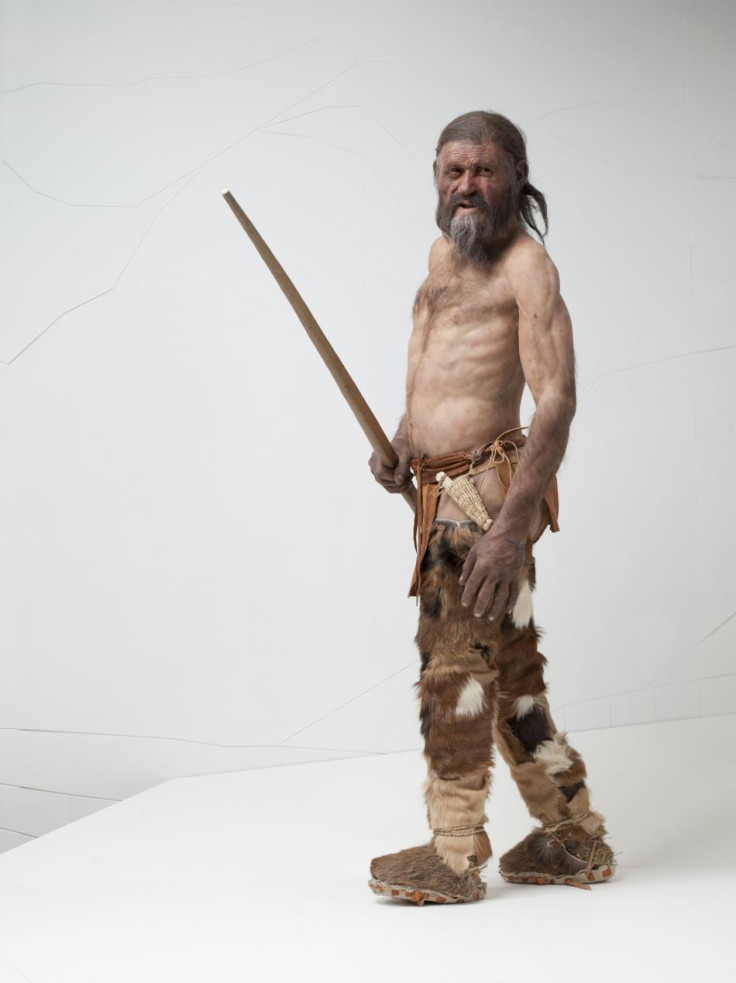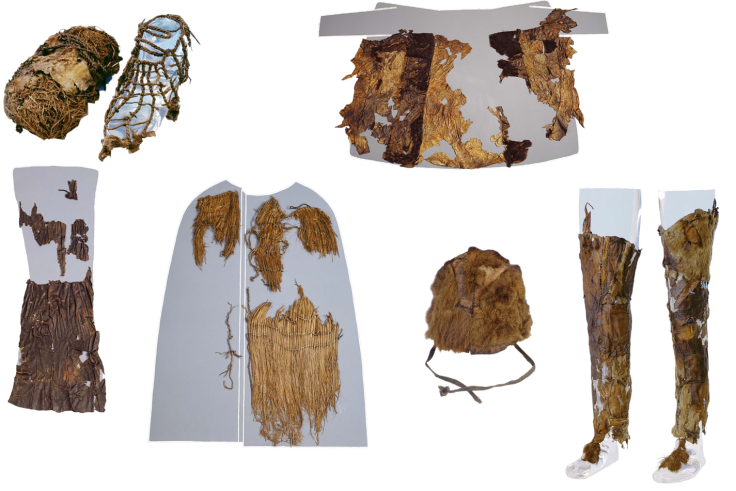Ötzi the Iceman wore an elaborate outfit made from five animals - including bear and goat
Mummy's clothes were made both from wild and domesticated species.

Ötzi the Iceman, one of the most famous mummies in the world, wore clothes made from at least five different animals, scientists have discovered. Although he lived 5,300 years ago, his outfit was particularly elaborate.
Also known as the Tyrolean Iceman, the mummy was discovered in the Italian Ötztal Alpes in 1991.
More than two decades of analysis have provided clues into his ancestry, diet, tools, lifestyle, health and attire.
Surprisingly, although his clothes appeared relatively well preserved, very few studies had been carried out to understand their origins.
The recent study published in the journal Scientific Reports investigates this aspect of the Iceman.
The Iceman's clothes and quiver
To proceed with their investigations, the researchers sequenced the mitochondrial genomes of nine fragments of leather from Ötzi's clothes and quiver. For each of these fragments, they tried to identify what animals had been used to make it. They found evidence for at least four different species.
The discoveries they made not only point to the elaborate nature of the outfit but tell the researchers many things about the Iceman's way of life.
For example, the hat and quiver came from wild species, a brown bear and a roe deer respectively. It had so far been assumed that Ötzi survived as a farmer, but this new finding suggests hunting and trapping wild animals was also part of his daily life.

They also found that the coat was a combination of goat and sheep material. The leggings were composed of goat leather which gives credence to the theory that Copper Age people like Ötzi selected and raised species for their specific attributes in order to create their clothes.
"Combined, these results suggest that Copper Age populations made considered choices of clothing material from both the wild and domestic populations available to them", the authors say. This suggests their lifestyle and the way they used the animals in their environment was probably more complex than previously reported.
© Copyright IBTimes 2025. All rights reserved.






















